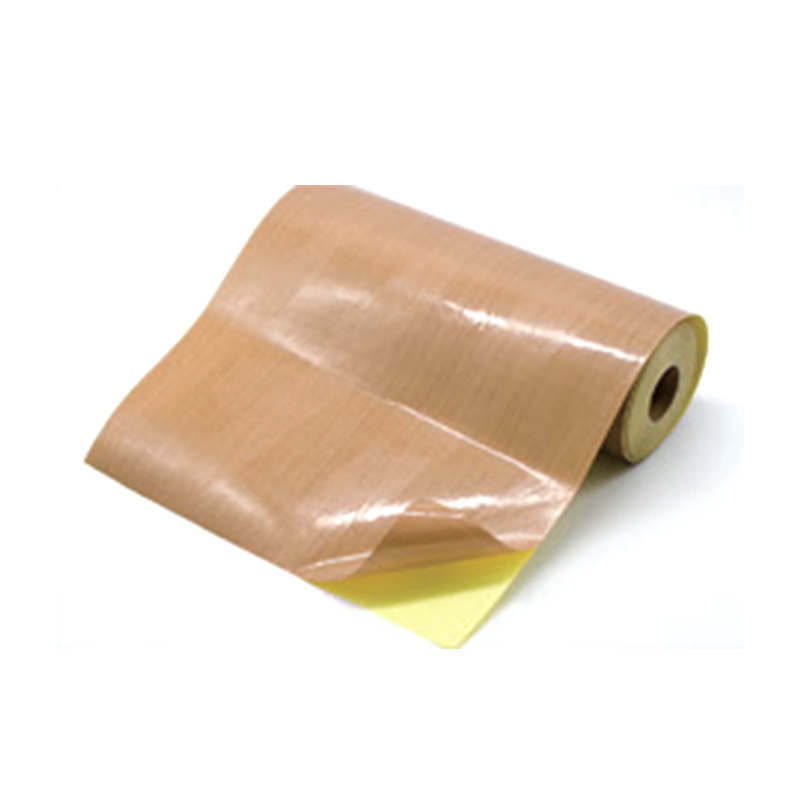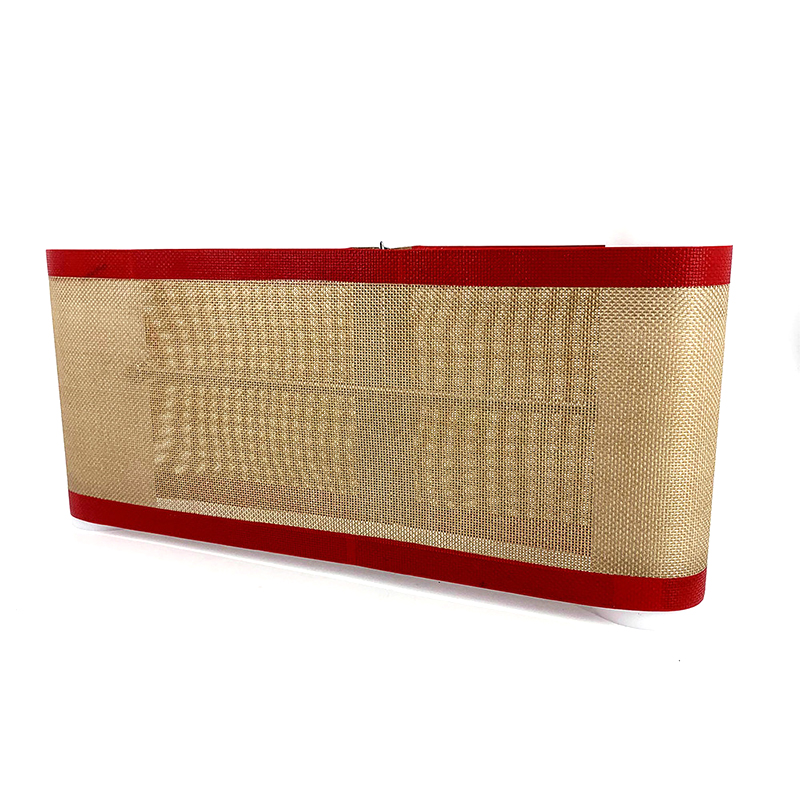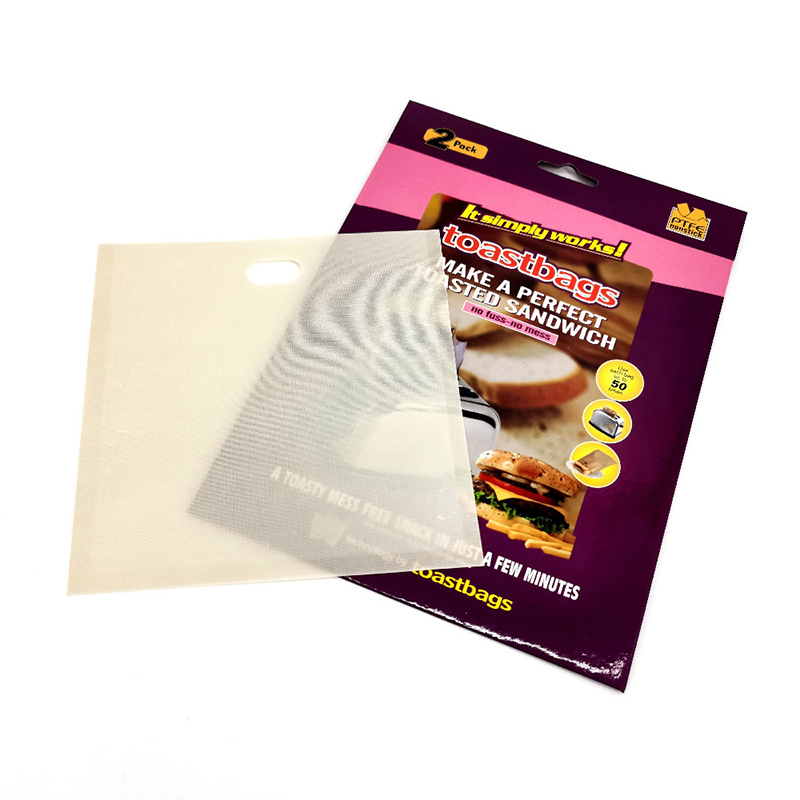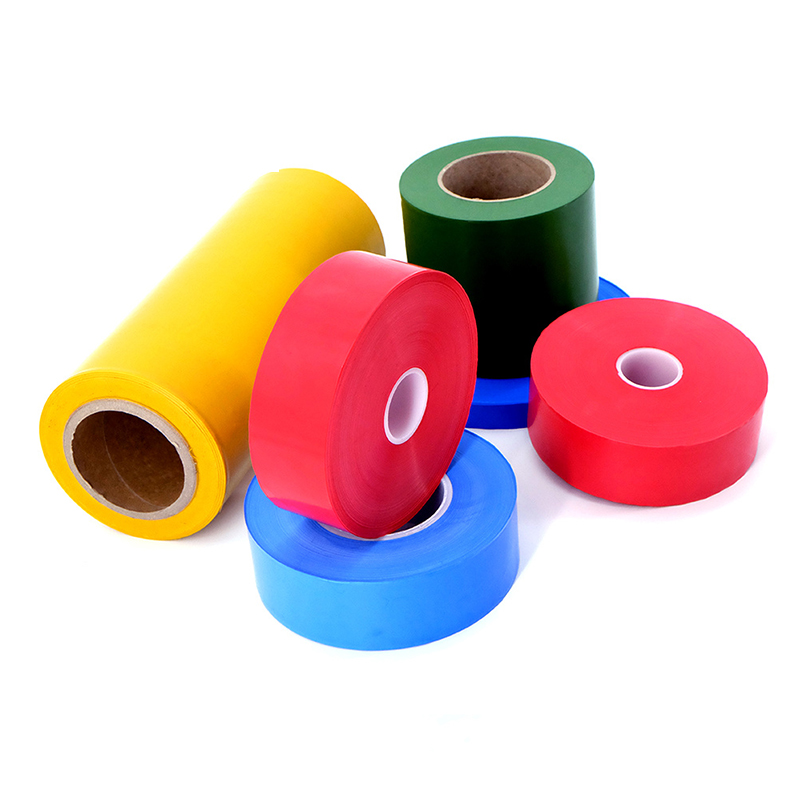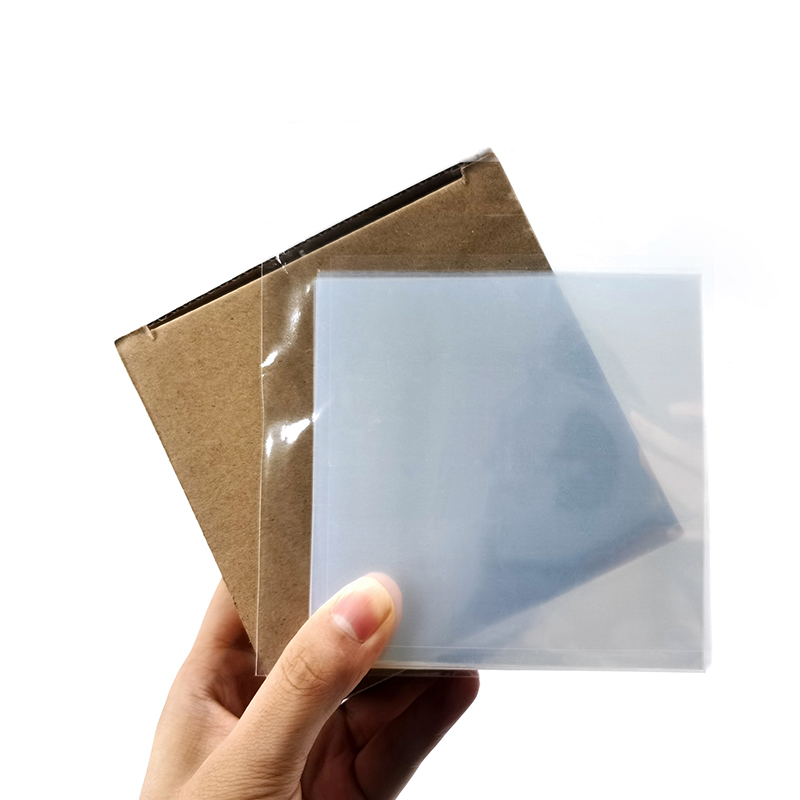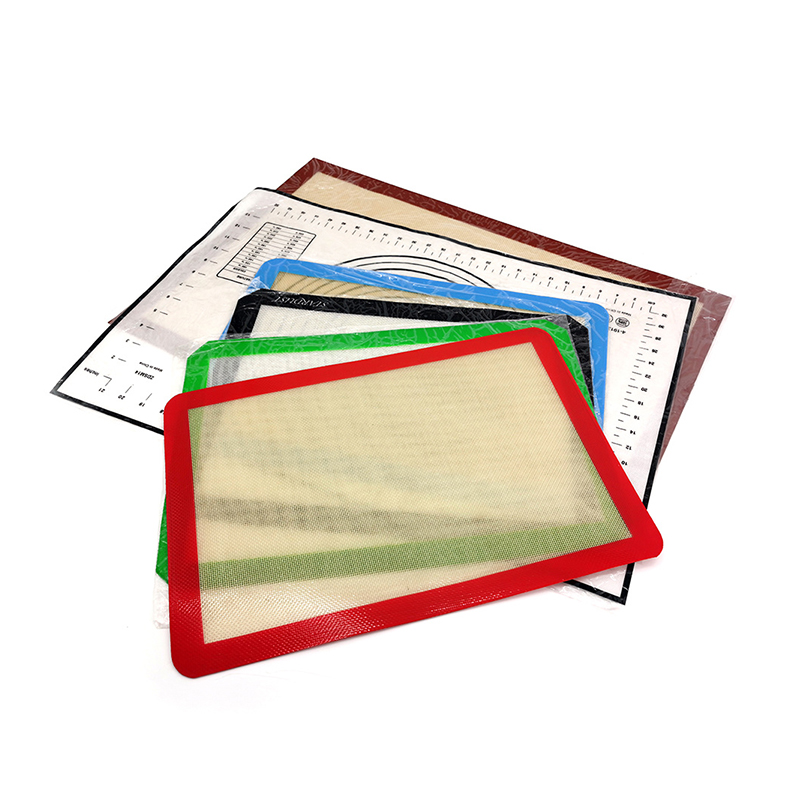Solving Extreme Heat & Sticky Challenges: Why PTFE Conveyor Belts Are the Ideal Solution
In countless industrial processes, from food production to composite manufacturing, two persistent adversaries threaten efficiency, product quality, and profitability: extreme heat and sticky materials. These challenges manifest as costly downtime for cleaning, significant product waste due to tearing and residue, premature belt failure, and compromised product integrity. For decades, operations managers and engineers have sought a reliable solution that can withstand the relentless thermal demands of ovens and dryers while providing an impeccable release surface for adhesives, melted cheeses, uncured resins, and other tenacious substances. The answer lies in a material engineered for such extremes: Polytetrafluoroethylene (PTFE). PTFE conveyor belts are not merely an alternative to traditional belting; they are a fundamental upgrade designed to conquer the most punishing conditions. This article delves into the science behind why PTFE is the definitive solution for high-temperature and sticky material handling, exploring its unparalleled properties, direct benefits for specific operational challenges, and how it delivers a superior return on investment by transforming production line performance.
The Science of Non-Stick: How PTFE Conveyor Belts Prevent Adhesion
The legendary non-stick property of a PTFE conveyor belt is not a superficial coating but an intrinsic characteristic of the material itself, rooted in its unique molecular structure. PTFE is a synthetic fluoropolymer with one of the strongest single bonds in organic chemistry, the carbon-fluorine bond. This bond creates a chemically inert and exceptionally stable molecule. On a microscopic level, the surface of PTFE is smooth and has an extremely low surface energy. This means that other materials have very little tendency to stick to it or wet its surface; instead, they bead up and slide off. This fundamental property is what makes non-stick conveyor solutions based on PTFE so effective. Unlike silicone or other materials where a non-stick coating can wear, abrade, or degrade over time, the entire PTFE-coated fabric is the non-stick component. This ensures consistent performance throughout the belt's entire lifespan, eliminating the gradual decline in release performance that plagues other solutions and providing a reliable, predictable process for handling even the most challenging sticky products.
- Low Surface Energy: The PTFE surface provides almost no attraction for other materials, preventing adhesion.
- Chemical Inertness: It does not react with most substances, ensuring no chemical bonding occurs between the belt and the product.
- Smooth Molecular Surface: The molecular structure creates an ultra-smooth physical surface with minimal areas for material to grip onto.
- High-Temperature Stability: The non-stick property remains intact even at continuous temperatures of 260°C (500°F), unlike temporary coatings that break down.
- Durability: The non-stick characteristic is inherent to the material, so it cannot be "worn off" through use or cleaning.
Conquering High Temperatures: The Thermal Capabilities of PTFE Belts
Extreme heat is a fundamental aspect of many industrial processes, including drying, baking, curing, and sintering. Conventional conveyor belt materials like PVC, rubber, or even some plastics quickly succumb to these conditions, becoming brittle, melting, warping, or releasing harmful fumes. This is where the exceptional thermal properties of PTFE high temperature belts become critical. PTFE is inherently thermally stable, maintaining its structural integrity and performance across a breathtakingly wide temperature range from as low as -100°F (-73°C) up to a continuous +500°F (+260°C), with the ability to withstand short-term exposures even higher. This stability is due to the strong carbon-fluorine bonds that require immense energy to break. For operations involving industrial ovens, food baking lines, or composite curing processes, this means the belt itself becomes a non-factor in the thermal equation; it will not degrade, off-gas, or contribute to contamination. It reliably transports product through the most aggressive heat zones without failure, ensuring process consistency and eliminating unplanned stoppages caused by belt melt-downs or deformations.
- Wide Operational Range: Functions perfectly from deep-freeze applications to high-temperature ovens.
- Flame Retardant: PTFE is self-extinguishing and will not support combustion, enhancing facility safety.
- Low Thermal Conductivity: Provides some insulation, protecting conveyor mechanics from extreme process heat.
- Dimensional Stability: The fiberglass core prevents stretching and shrinking under thermal cycling, ensuring consistent tracking.
- Fume-Free: Does not release volatile organic compounds (VOCs) or odors when heated, crucial for food and pharmaceutical safety.
Temperature Performance Comparison: PTFE vs. Common Alternatives
Selecting the right belt material for a high-temperature process requires a clear understanding of the limits of each option. While materials like silicone and polyester offer some heat resistance, they fall short of the capabilities of PTFE. The following table provides a direct, at-a-glance comparison of the maximum continuous operating temperatures for common conveyor belt materials, clearly illustrating why PTFE is the preferred choice for extreme heat applications. This data is critical for preventing costly belt failures and ensuring process safety and consistency.
| Belt Material | Max Continuous Temperature | Primary Limitation in Heat |
| PTFE | 500°F (260°C) | Very few; excellent all-around performance |
| Silicone Coated | 400°F (204°C) | Can become brittle and lose non-stick properties over time |
| Polyester | 300°F (149°C) | Melts and decomposes |
| PVC | 150°F (65°C) | Softens, melts, and releases harmful chlorine gas |
| Buna-N Rubber | 212°F (100°C) | Hardens, cracks, and loses flexibility |
Industry-Specific Applications: Where PTFE Belts Solve Critical Problems
The combination of non-stick performance and high-temperature resistance makes PTFE conveyor belts indispensable across a diverse spectrum of industries. In each sector, they solve a critical and costly production challenge. In the food industry, they are the backbone of applications involving sticky, hot, or frozen products. They enable the perfect release of pizzas, cookies, candies, and baked goods from oven belts without tearing or leaving a base behind, and they prevent frozen foods from sticking to freezer belts. The textile industry relies on them for processes like heat-setting, dye fixation, and fabric lamination, where consistent heat transfer and a non-marking, non-stick surface are paramount to maintaining fabric quality. In the rapidly growing composites industry, PTFE coated belts for ovens are the only option for curing fiberglass and carbon fiber prepregs, as they can withstand the long cure cycles and high temperatures while preventing uncured resin from adhering to the belt surface, which would otherwise ruin the expensive composite parts.
- Food Processing: Baking, drying, cooling, and freezing of sticky, oily, or delicate food products.
- Textile Manufacturing: Heat-setting, dyeing, drying, and backing of carpets and fabrics.
- Composites Production: Curing and sintering of fiberglass, carbon fiber, and PTFE components.
- Printing & Packaging: UV ink curing, lamination, and hot-melt adhesive applications.
- Automotive: Curing of paints, adhesives, and gaskets on production lines.
The Economic Advantage: Reducing Downtime and Waste with PTFE
While the initial investment in a PTFE conveyor belt may be higher than that of a conventional belt, the total cost of ownership (TCO) is almost always significantly lower, delivering a strong and rapid return on investment. The economic benefits are realized through several key channels. First, and most notably, is the drastic reduction in downtime. Lines that previously required shutdowns every shift for aggressive scraping and cleaning of built-up residue can now run for extended periods with only minimal, easy cleaning. This directly increases production capacity and throughput. Second, product waste is dramatically reduced. The impeccable release surface prevents tearing, deformation, and residue left on the belt, ensuring more saleable product reaches the end of the line. Third, the exceptional durability and longevity of PTFE belts mean they need to be replaced far less frequently than belts that succumb to heat degradation and chemical attack. When all these factors are calculated—increased uptime, reduced waste, lower maintenance costs, and longer belt life—the choice to upgrade to a PTFE belt becomes a clear financial decision that boosts operational efficiency and profitability.
- Maximized Uptime: Eliminates daily stoppages for belt cleaning and scraping.
- Reduced Product Waste: Preusable product loss from sticking and tearing.
- Lower Maintenance Costs: Reduces labor for cleaning and need for harsh cleaning chemicals.
- Extended Belt Life: Replaces multiple cycles of cheaper belts that fail quickly.
- Improved Energy Efficiency: Low coefficient of friction reduces the power required to drive the conveyor.
- Consistent Quality: Reduces product defects caused by belt-related issues, improving yield.
Key Considerations for Selecting a PTFE Conveyor Belt
To fully leverage the benefits of a PTFE conveyor belt, it is crucial to select the right specification for your specific application. Not all PTFE belts are identical, and several factors must be considered to ensure optimal performance and longevity. The first is construction: belts vary in the weight and weave of the underlying fiberglass mesh and the thickness of the PTFE coating. A heavier, thicker coating is better for highly abrasive materials, while a finer mesh might be chosen for very small products. The type of splice (e.g., endless, clipper hook, fused) must be chosen based on temperature, cleanliness, and strength requirements. It is also essential to accurately define the operational parameters, including the maximum temperature, product weight, and any exposure to chemicals or oils. Consulting with a technical expert can ensure you choose a belt that provides the best value and performance for your unique process challenges.
- Fabric Construction: Choose the appropriate mesh count and yarn thickness for load and product size.
- Coating Thickness: Determine the required coating weight based on abrasiveness and desired lifespan.
- Splice Type: Select between endless, clipper, or butt splices based on temperature and cleanability needs.
- Operational Environment: Document exact temperatures, chemicals, and cleaning processes used.
- Mechanical Requirements: Confirm belt width, length, and tensile strength needed for the conveyor system.
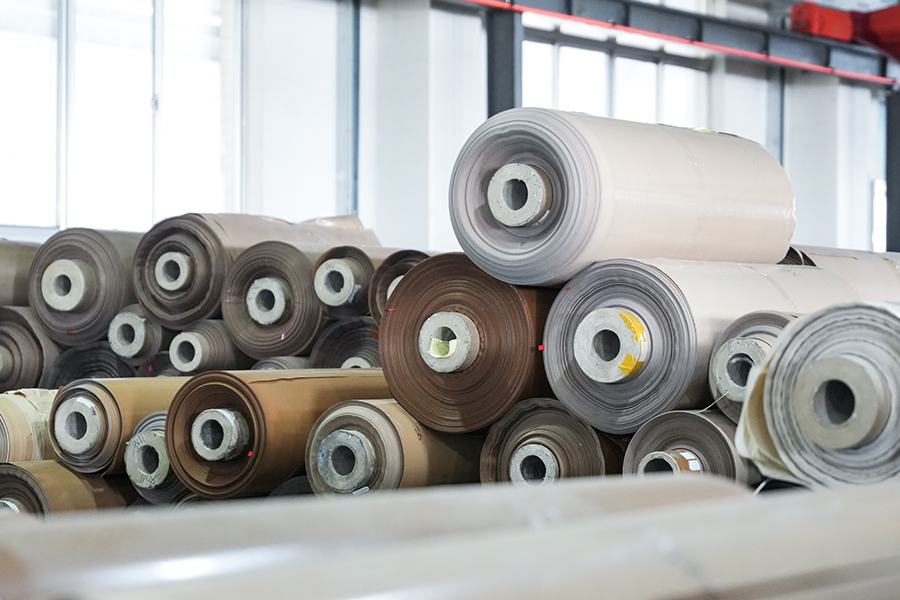
FAQ
Can a PTFE conveyor belt be used in a freezer application?
Absolutely. While renowned for their high-temperature performance, PTFE conveyor belts are also exceptionally well-suited for freezer and cold-room applications. PTFE maintains its flexibility and non-stick properties at temperatures as low as -100°F (-73°C). In freezing environments, their non-stick surface is invaluable for preventing frozen products—like meats, vegetables, and prepared foods—from sticking to the belt surface. This ensures a clean release without product tearing or loss, and it prevents the buildup of ice and frost on the belt that can cause tracking issues and require frequent defrosting cycles. This versatility to perform in both extreme heat and extreme cold makes PTFE a uniquely flexible solution for facilities with diverse temperature requirements.
How do you clean a PTFE belt that has burnt-on residue?
Cleaning burnt-on residue from a PTFE conveyor belt requires a careful approach to avoid damaging the belt. The first step is always mechanical removal: allow the belt to cool completely, as the residue will often become brittle and can be gently scraped off with a plastic or wooden scraper (never metal). For more stubborn carbonization, a specialized PTFE-safe oven belt cleaner can be used. These cleaners are designed to break down organic burnt residues without attacking the PTFE surface or the fiberglass core. Apply the cleaner, allow it to dwell for the recommended time, and then wipe or rinse it off. It is critical to avoid abrasive scouring pads, wire brushes, or harsh chemicals like acetone or concentrated acids, as these can create microscopic scratches in the PTFE surface, which over time can actually increase its tendency to hold residue.
Are PTFE belts safe for direct food contact?
Yes, high-quality PTFE conveyor belts manufactured specifically for the food industry are entirely safe for direct food contact. PTFE itself is an inert, non-toxic material that is compliant with strict food safety regulations worldwide, including FDA (U.S. Food and Drug Administration) and EU (European Union) standards. It does not leach chemicals or impart any taste or odor to food products. When selecting a belt for food applications, it is imperative to ensure that the entire belt construction—including the fiberglass substrate and any adhesives used in splicing—is certified to the relevant food-grade standards. This guarantees that every component of the belt is designed for safe interaction with food products throughout its operational life.
What causes a PTFE belt to fail prematurely?
Premature failure of a PTFE conveyor belt is relatively rare but is typically caused by factors unrelated to the PTFE material itself. The most common cause is physical damage to the fiberglass core. This can occur from: Misalignment: Chronic mistracking causes the belt edges to rub against the conveyor frame, fraying and breaking the glass fibers. Mechanical Snags: Sharp or heavy objects impacting the belt can tear the mesh. Improper Tension: Excessive tension can stress the fibers, while too little tension can cause slippage and wear. Abrasion: Extremely abrasive materials can eventually wear through the PTFE coating and then the glass fibers. Chemical Attack: While rare, exposure to certain molten alkali metals or fluorine compounds can degrade PTFE. Proper installation, tracking, and tensioning are the most effective ways to maximize belt life.
How does the cost of a PTFE belt compare to other options over time?
While the initial purchase price of a PTFE conveyor belt is higher than that of PVC, rubber, or even silicone belts, its total lifetime cost is almost always significantly lower, making it the more economical choice. This is a classic case of evaluating Total Cost of Ownership (TCO) rather than just initial investment. A PTFE belt lasts many times longer than a conventional belt in high-heat applications, meaning you avoid the cost and downtime of frequent replacements. More importantly, the savings from drastically reduced downtime for cleaning, lower labor costs, and elimination of product waste due to sticking often pay for the belt itself within a few months. When these operational efficiencies are factored in, PTFE belts consistently prove to be the most cost-effective solution for challenging environments.



 English
English Español
Español русский
русский
